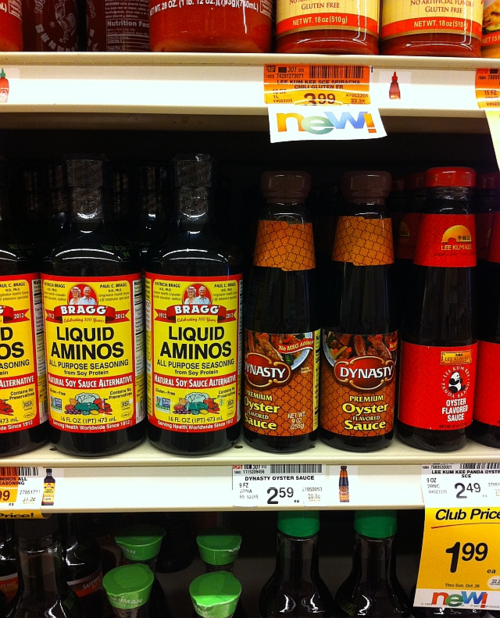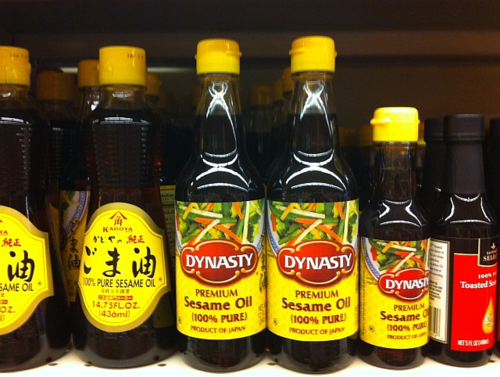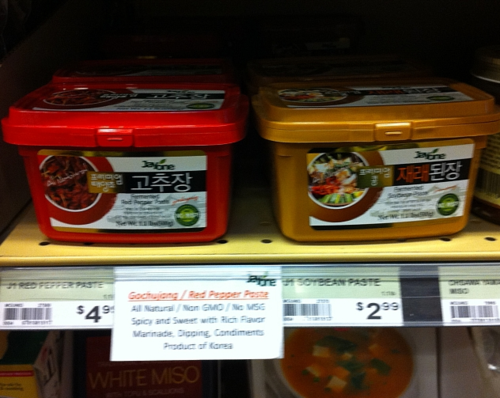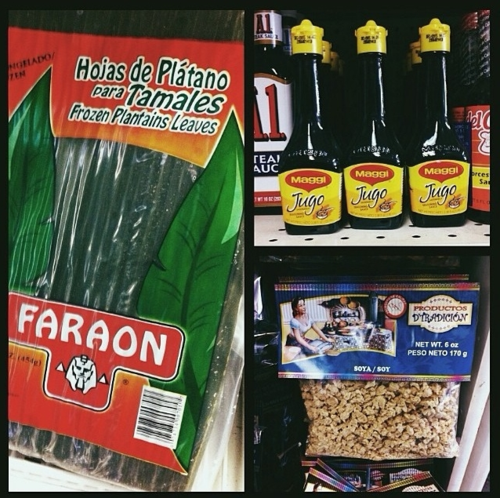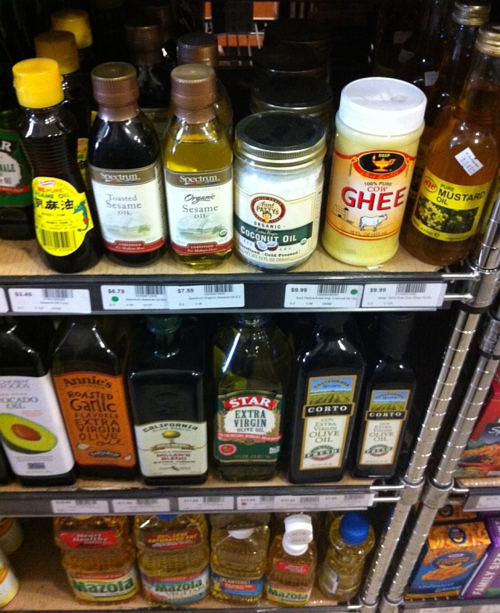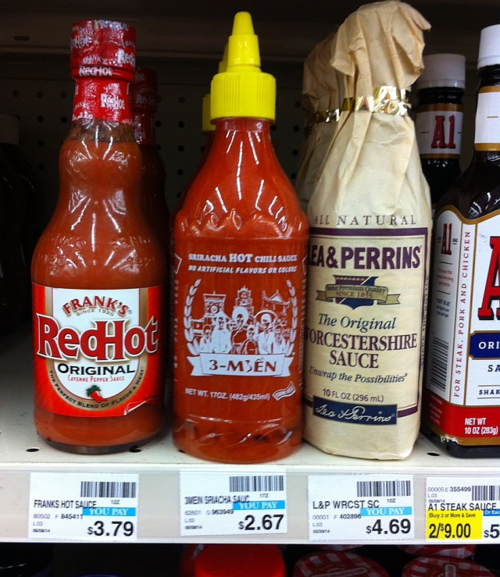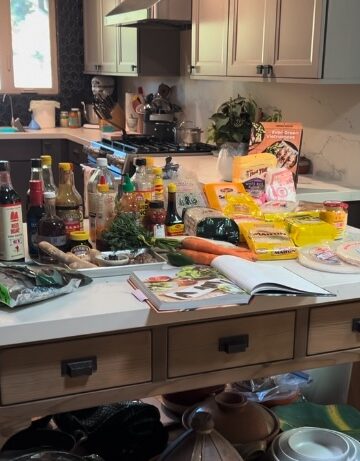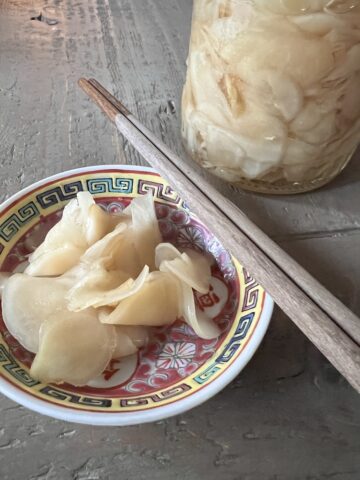Depending on your age, you may remember a time in America when there was no fish sauce at the supermarkets. That was my family’s experience in 1975, when we found ourselves cooking and eating with La Choy soy sauce. (Shudder.) Our food wasn’t quite right until we bought a car and drove to Chinatown in Los Angeles to seek fish sauce and other Viet staples. My mom recycled one of the small La Choy bottles as a fish sauce dispenser, which she still keeps on her dining table today.
Nowadays you’re likely to find a bottle of Thai Tiparos in the “Asian†section of mainstream grocery stores. There are galangal and fresh turmeric at Whole Foods. That said, sourcing ingredients to make good Asian food is still a bit of a scavenger hunt.
I have first-hand experience because I live in Santa Cruz, a coastal town in Northern California with seemingly few Asian food resources. Since moving here in 1998, people repeated ask me where I find Asian ingredients. I used to always say, “San Jose at the Asian markets†but in recent years, I’ve found myself making fewer 1 ½-hour roundtrip drives to grocery shop. I can get decent stuff closer to home.
That notion intrigued journalist Tara Duggan of the San Francisco Chronicle. She asked me about how I source ingredients for Asian food. I invited her over to show her what I meant and she reported it in this story published in Sunday’s paper.
For many people, the major obstacle to preparing Asian food is getting the ingredients. I’ll be honest with you by saying that I'm an outlier. Our very deep hallway closet lined with shelves filled with food and cooking equipment. The garage is where the freezer and more equipment reside.
Like my parents taught me, I stock up at Asian markets on hard-to-find ingredients like pandan leaves (to flavor or color food), wheat starch (for dumplings) and Sichuan chile bean sauce (dou ban jiang, for killer mapo tofu!). I also grow stuff because that level of freshness impacts my food. In my garden you’ll see Vietnamese herbs, lemongrass, Chinese chives, kaffir (makrut) lime leaf, or curry leaf.
But I'm a professional home cook. For most folks, they want to find ingredients within walking distance or a 15-minute drive of their home. For the past few months, I've been snapping shots and noting where I've found ingredients. Here's my report:
Supermarkets – Large, mega-size stores tend to have super diverse Asian food section. A recent visit to a spa-like Safeway nearby yielded Japanese toasted sesame oil by Kadoya.
Dynasty, a brand of widely distributed Asian ingredients, labels certain products as “premium†which suggests higher quality and better flavor. I found good dried Chinese egg noodles by a Taiwainese company at Safeway too. Kikkoman’s oysters sauce is exceptionally good, more salty than sweet. This may not sound like much but the fact that mainstream markets carry these products is a major boon.Fi
Small Local Markets and Health- Food Stores – These often have the most surprising selections of Asian ingredients. Our little Shopper’s Corner (opened in 1938) and Staff of Life (opened in 1969) carry rice paper, fish sauces, and dashi powder. Because one of the owners of Staff of Life is Indian-American, they have several kinds of pappadums in addition to the biggest selection of dried rice noodles in the county; the bulk bins includes urad dal and mung beans, not to mention various kinds of rice, starches and flour.
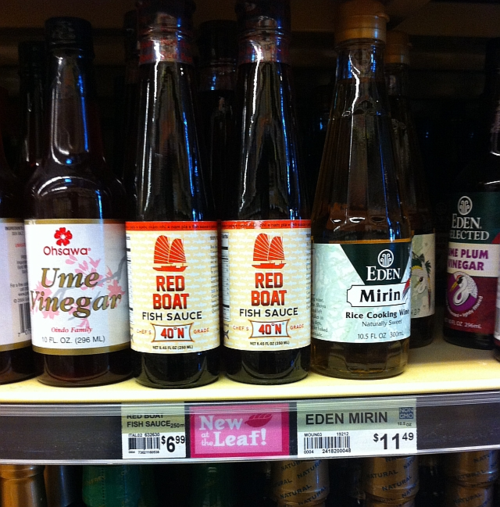
At New Leaf (a locally owned health food store akin to Whole Foods), I recently spotted Red Boat fish sauce for less than what Whole Foods carries it for; New Leaf also has Korean red pepper paste (gochuchang) and soybean paste (doenjang). Whole Foods’ brand of organic coconut milk is excellent.
Non-Asian, Random Markets – When I need frozen banana leaf in Santa Cruz, I go to a Central American market located in a former gas station or a large Mexican Market. They carry it because banana leaf is also used for wrapping tamales as wells as dishes such as cochinita pibil (Yucatecan pork).
Then there are the random spots like AJ’S, a convenience market located in a lovely gas station. AJ’s is owned by Middle Easterners and sells Halal meat as well as a nice selection of spices, oils, flours and legumes. When I needed black cumin seeds for the Kashmiri lamb, I went to at AJ’s.
Even more odd is Live Oak Market, a Latino market owned by Koreans. The market is downtrodden but the owners have a decent inventory of Asian ingredients and more importantly, jars of homemade kimchi.
Unusual Retailers -- Cost Plus World Market has a pretty good selection of Asian ingredients, including rice paper and jasmine rice. And as I mentioned recently, they have Maggi Seasoning sauce for a fair price. Cost Plus seems to select products and ingredients that they identify to be pantry or popular items in ‘exotic’ parts of the world. In a pinch, shop there!
And, look what I saw at a CVS Pharmacy in Mar Vista (between Venice Beach and Culver City in Los Angeles):
Farmer’s Markets – And if a local market has a Hmong vendor, you’re likely to get super fresh Asian produce. Plus, you'll be giving your money directly to the farmer.
Tiny Asian Markets – There are teeny grocers in our county: Yamashita’s in Watsonville has Japanese ingredients. Lotus Asian Market in Capitola was opened by a Thai restaurant owner but also has sushi; they have the elemental Asian ingredients and many go-to Asian brands. Lotus's prices are higher because of the cost of transporting the ingredients to San Jose. Unless I’m stocking up, I don’t mind paying for the convenience.
When we first came to America and lived in Southern California, my family explored all the markets in our local area. We assessed supermarkets large and small, mainstream and ethnic. Similarly, when I moved to Santa Cruz, I opened the phone book and then checked out every market to assess what I could find where.
Over the years, I’ve learned that you just have to keep your eyes open. Things have gotten a lot easier and you have to invest a little time. The reward of the hunt for Asian ingredients is fabulous food from your kitchen.
What's an unusual place where you've found Asian ingredients? Or, have any tips to share?
P.S. There was a glitch with the Google banh mi demo video that I posted last week. Thanks Dennis and Katherine for alerting me. Google fixed it and uploaded a revised version. Watch it here.













